One of the most important endeavours of Peter and Irene Ludwig, founders of Ludwig Museum Budapest, was to undertake the role of mediators between the former East and West through their cultural activity. The Ludwigs were pioneers in the field of collecting contemporary Soviet art: the so called Post-Stalinist art has not intrigued any Western collectors or museum before. Towards the end of the 1970's, after having met Vladimir Semyonov, ambassador of the Soviet Union in Germany, also an art collector, their interest turned towards contemporary art.
In the meantime, the Ludwig Collection procured approximately one thousand pieces of contemporary Russian art, from which they organised several exhibitions in the early 1980's. In 1986, organising the exhibition Soviet Art Today the newly opened Ludwig Museum in Cologne was the first to give a comprehensive overview of this rich art material.
A part of Ludwig Museum Budapest’s Russian-Soviet collection has been donated by the Ludwigs, another part is in their trust, and some works have been procured by the Museum since its establishment in 1989. The present show provides a display Russian and ex-Soviet collection pieces as varied and comprehensive as possible.
The relation to the ruling power is an important aspect of these artworks and artists, along with the description of their positions in relation to power: it is not always easy to define who belongs in which category along the spectrum of official, semi-official, unofficial, and conformist or nonconformist art. In Soviet times every art university graduate had automatically become a member of the relevant state art association. Artistic language and style do not always exhibit conspicuous differences; the divergences can rather be found in the critical attitude, the composition of the audience of specific artists or artist groups, and in the question of publicity. Official/conformist artists received state commissions and participated in state-organised exhibitions, while unofficial artists made shows in alternative places, public spaces and private apartments. By the end of the 1980’s, an approach ignoring the regime and the political power had become widespread, reflected by the Ludwigs’ choice of artworks for their collection.
Regarding style, the first part of the exhibition specifically focuses on lining up the various forms of realism – severe style, photorealism, expressive realism, surrealism –, the majority of which can be classified as official art (mainly owing to their technical academism), while in terms of mentality they do not always belong precisely to this category. The second part of the exhibition presents works by some now legendary artists of geometric art and Moscow Conceptualism (Vladimir Yankilevsky, Dimitri Prigov). Moscow Conceptualism was the most influential art movement of the second half of the 20th century, and it has become well-known accross the globe. The tendency was active throughout the sixties-eighties, involving two generations, which in itself is a rare phenomenon in art history. This exhibition is not a selection in the sense that it features each and every Russian and ex-Soviet artwork in the collection of Ludwig Museum Budapest. The works are not presented according to tendencies or styles, but along the lines of thematic groups, which is why artworks created by official and unofficial artists can occasionally be found next to each other. The topics that emerge throughout the exhibition include “God”, “The Capitalist and the Worker”, “Cliques of Cultural History”, “Memory” or “Proportions”.
The exhibition was organised by Viola Farkas.
Exhibiting artists:
Yuri ALBERT | Leonid BARANOV | Rimas Zigmas BICIUNAS | Ivan CHUIKOV | Gia EDZGVERADZE | Semyon FAIBISOVICH | Andrei FILIPPOV | Sven GUNDLACH | Edgars ILTNERS | Vladimir YANKILEVSKY | Yuri LEIDERMAN | Alexander YULIKOV | Peeter MUDIST | Togrul NARIMANBEKOV | Tatiana NAZARENKO | Timur NOVIKOV | Natalia NESTEROVA | Anton OLSHVANG | Boris ORLOV | Nikolai OVCHINNIKOV | Alexander PETROV | Arkady Ivanovich PETROV | Dmitry PRIGOV | Leonid PURYGIN | Koka RAMISHVILI | Andrei ROITER | Mikhail Nikolayevich ROMADIN | Eduard STEINBERG | Sergei SHUTOV | Igor SMIRNOV | Anton SOLOMUKHA | Andrei TUTUNOV | Sergey VORONCOV | Oleg VUKOLOV | Dmitry ZHILINSKY
Sponsors: EMMI, Palace of Arts, Volvo, Mosfilm
Media partners: Népszabadság, Heti Válasz, Observer, Port.hu
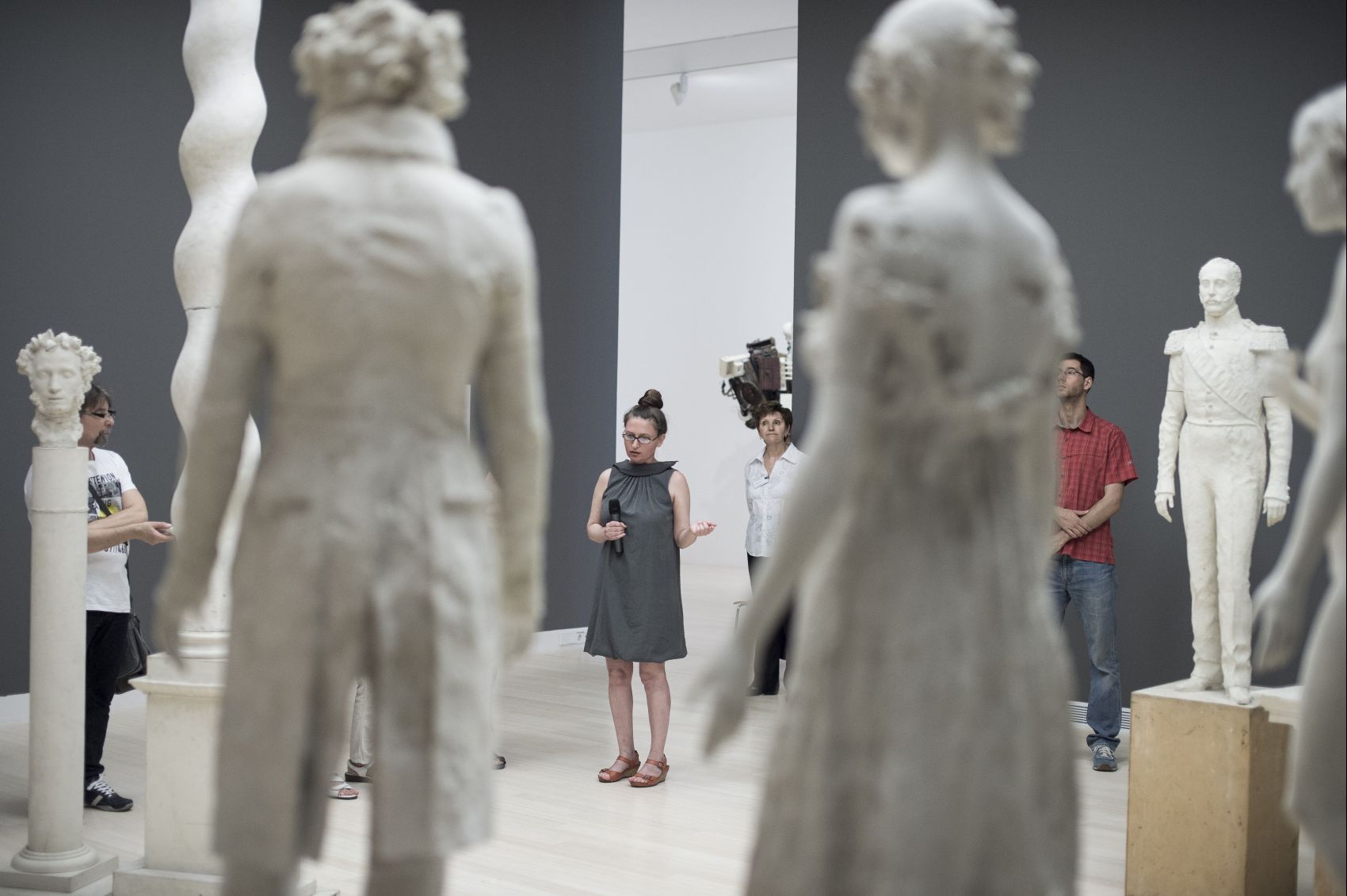
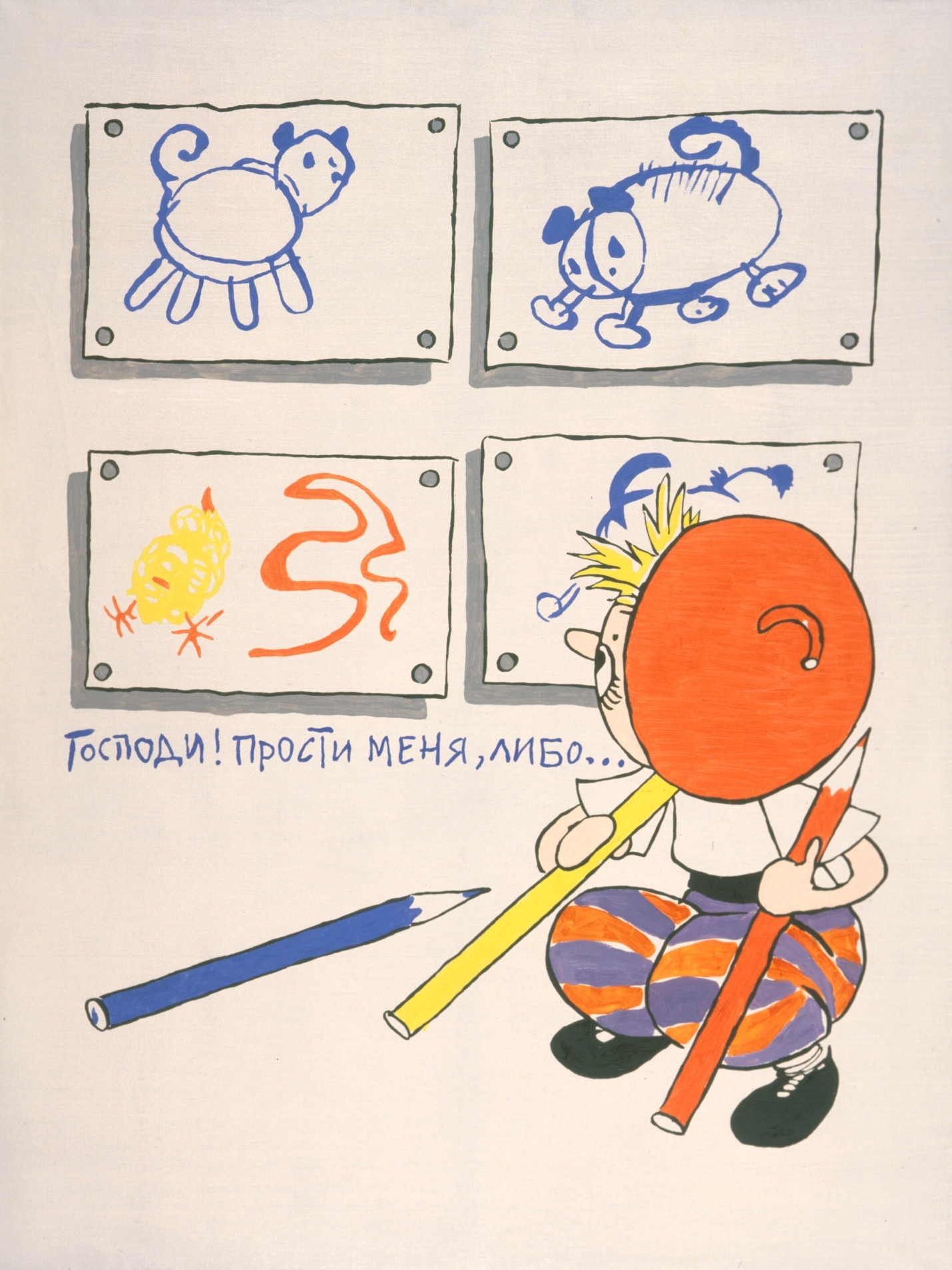

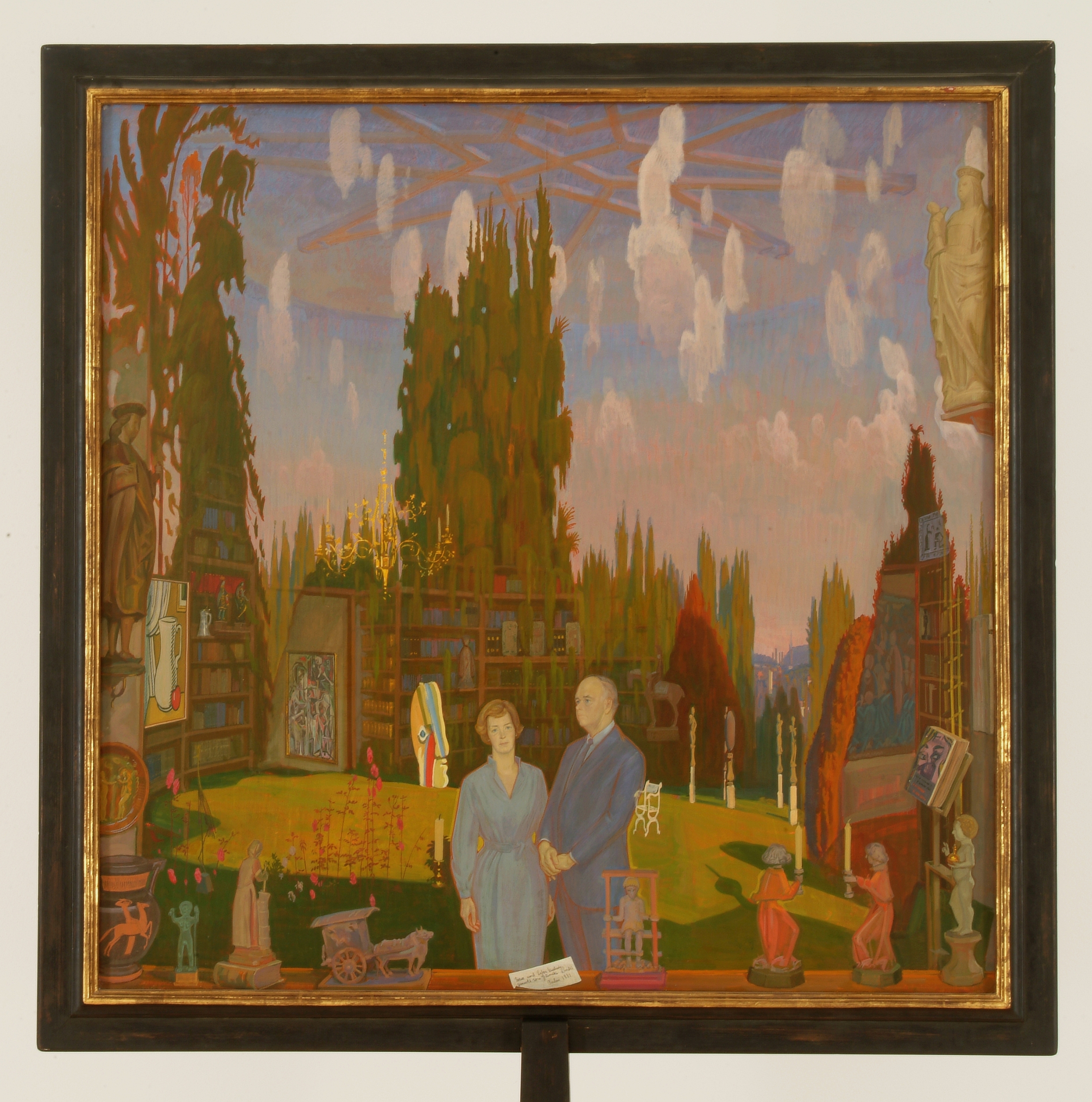
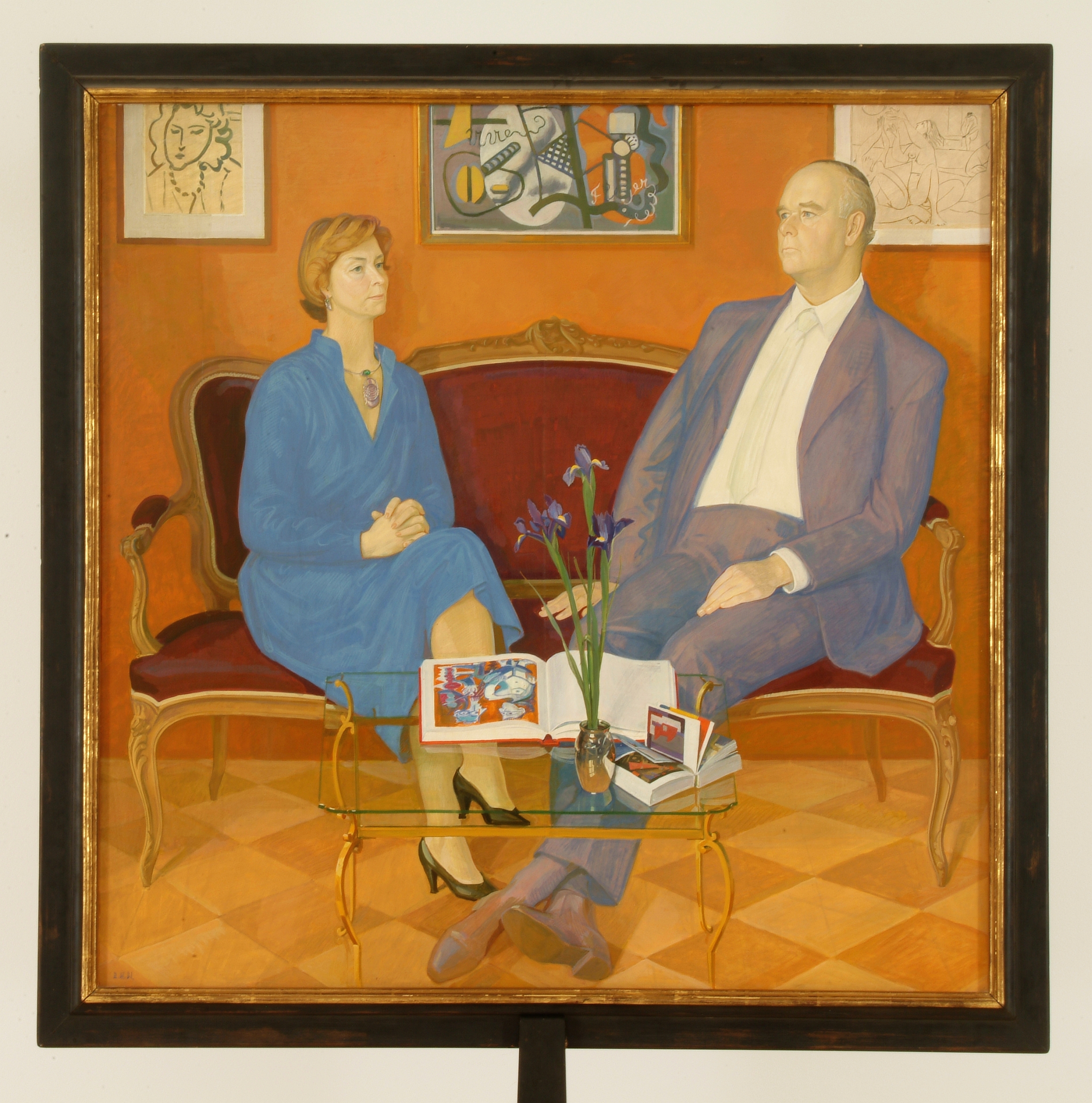

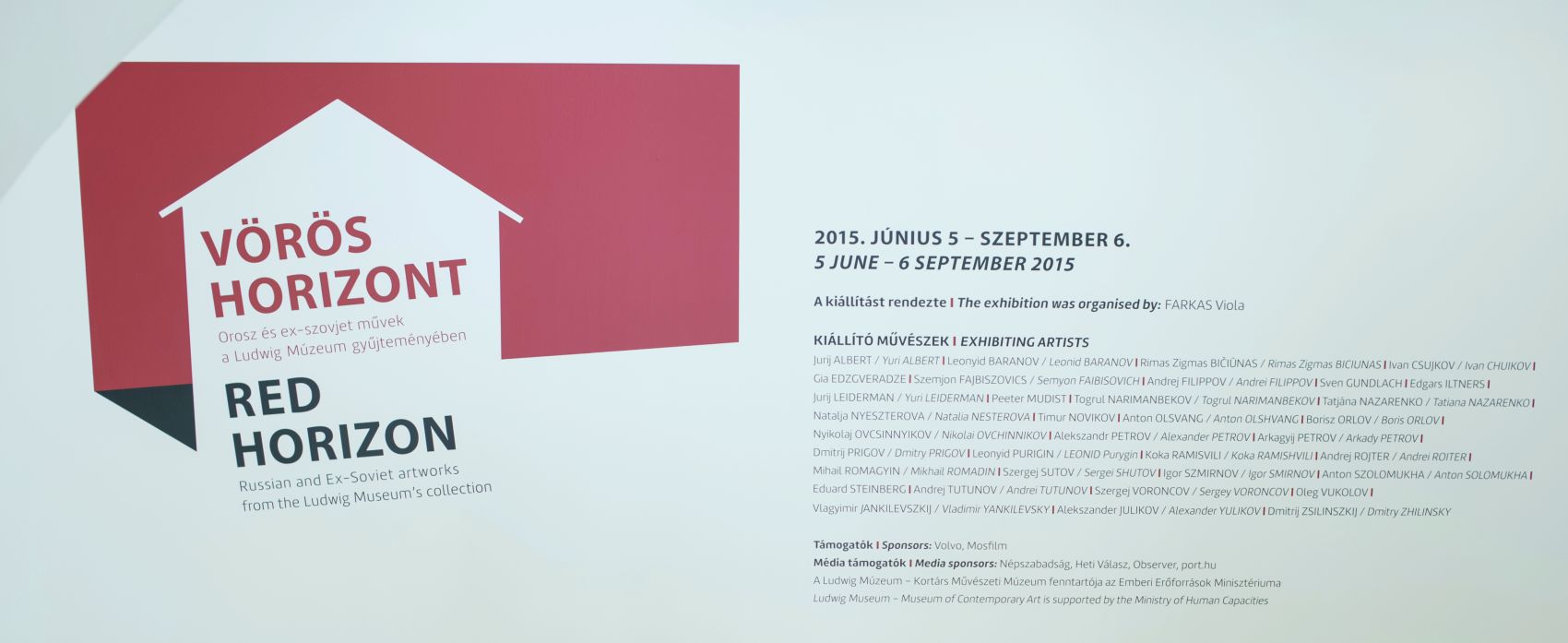
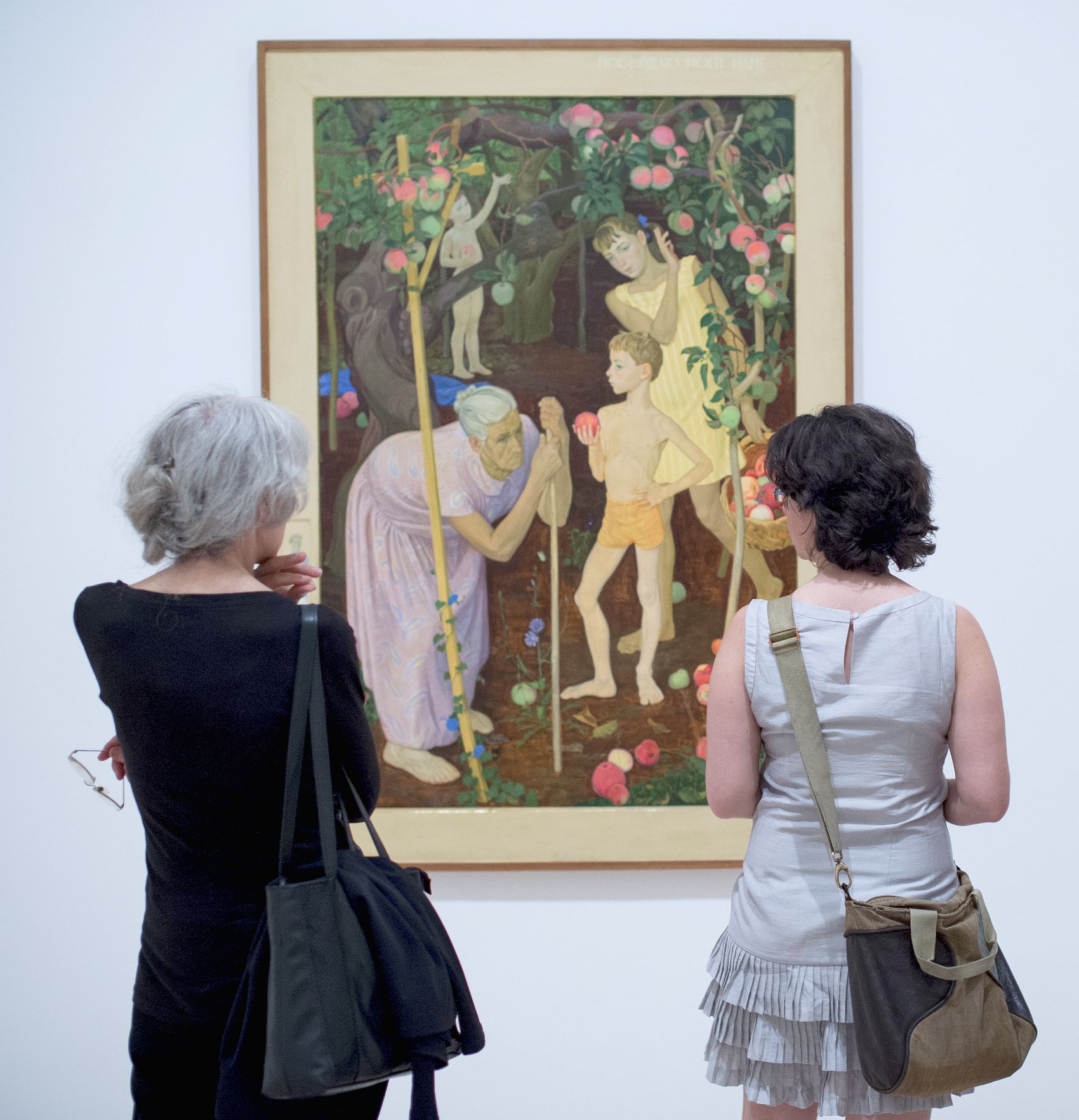
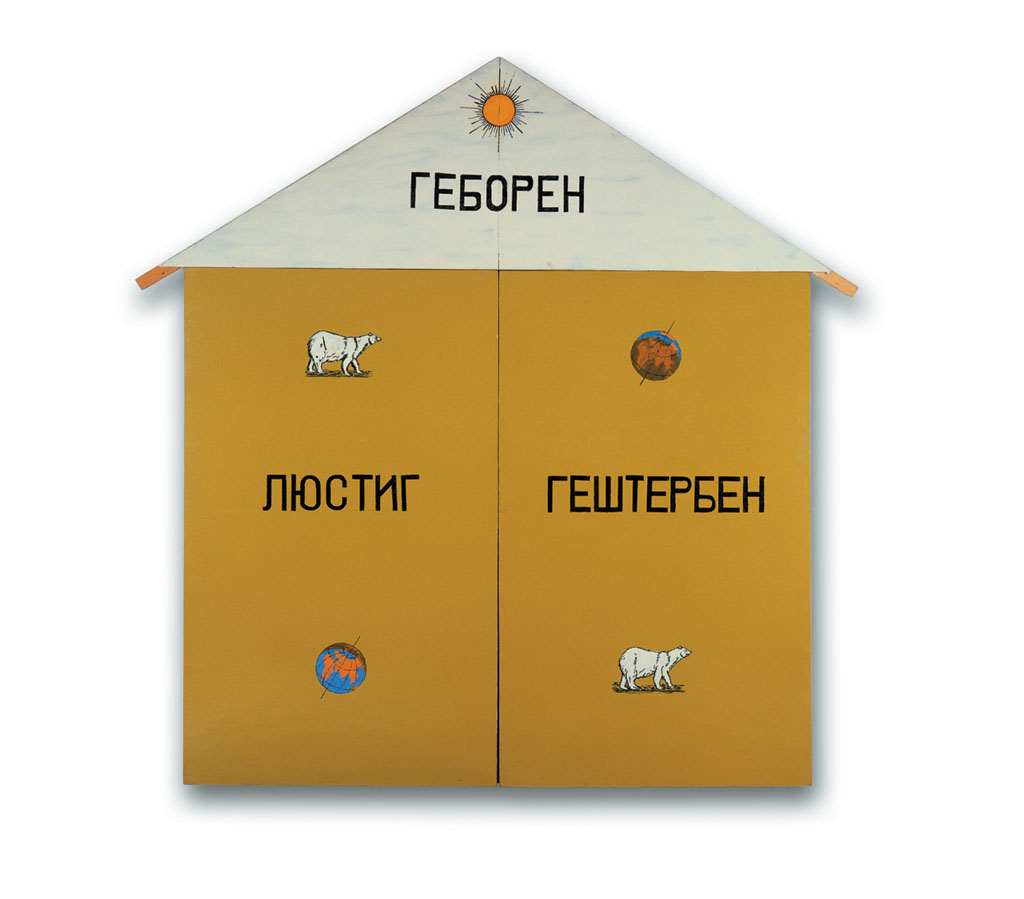
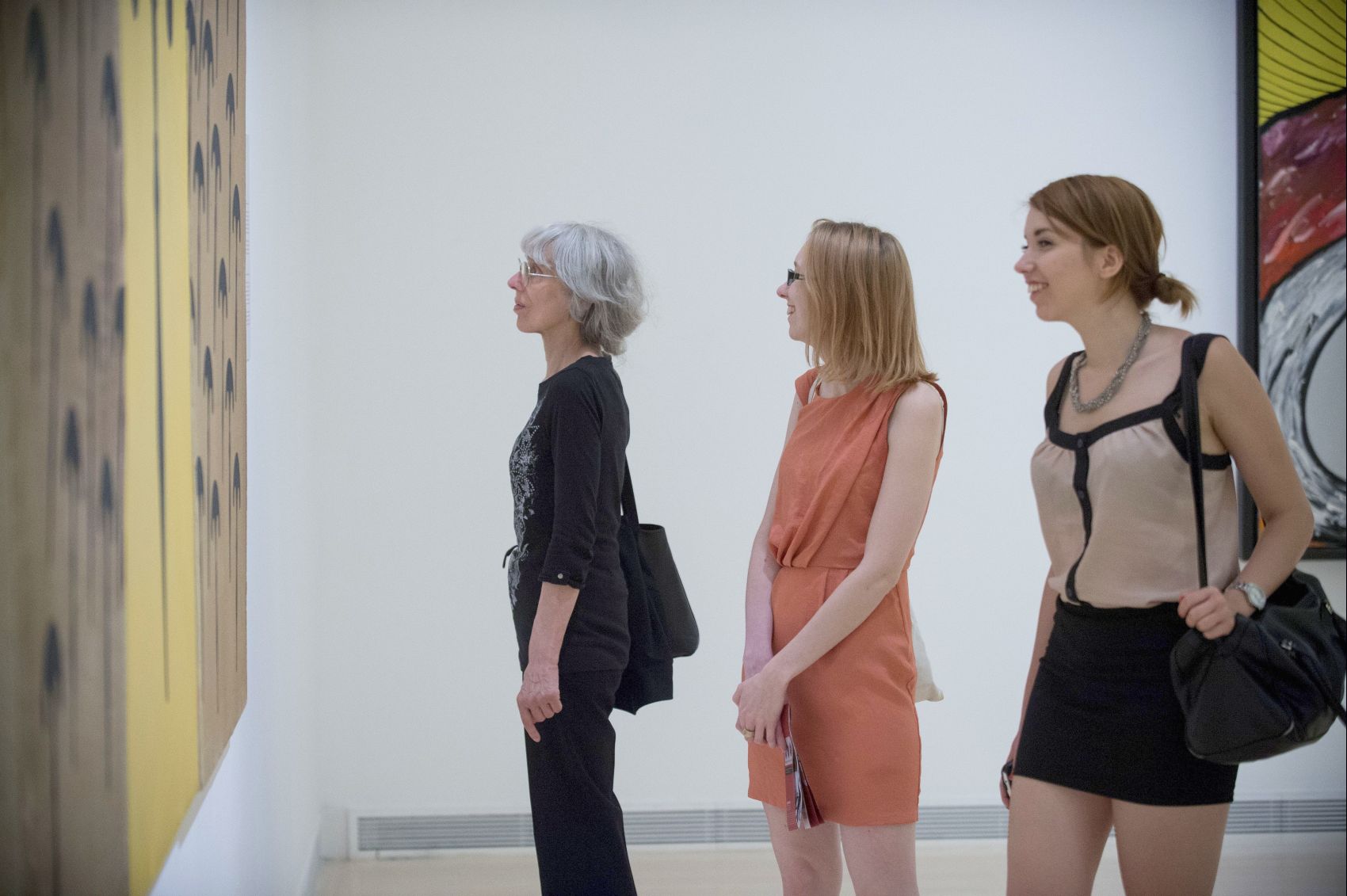
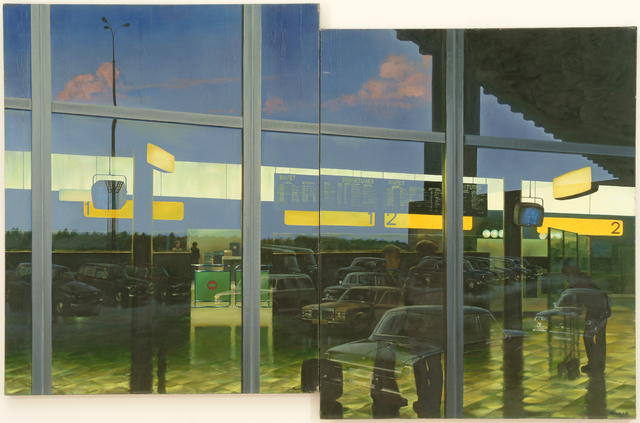
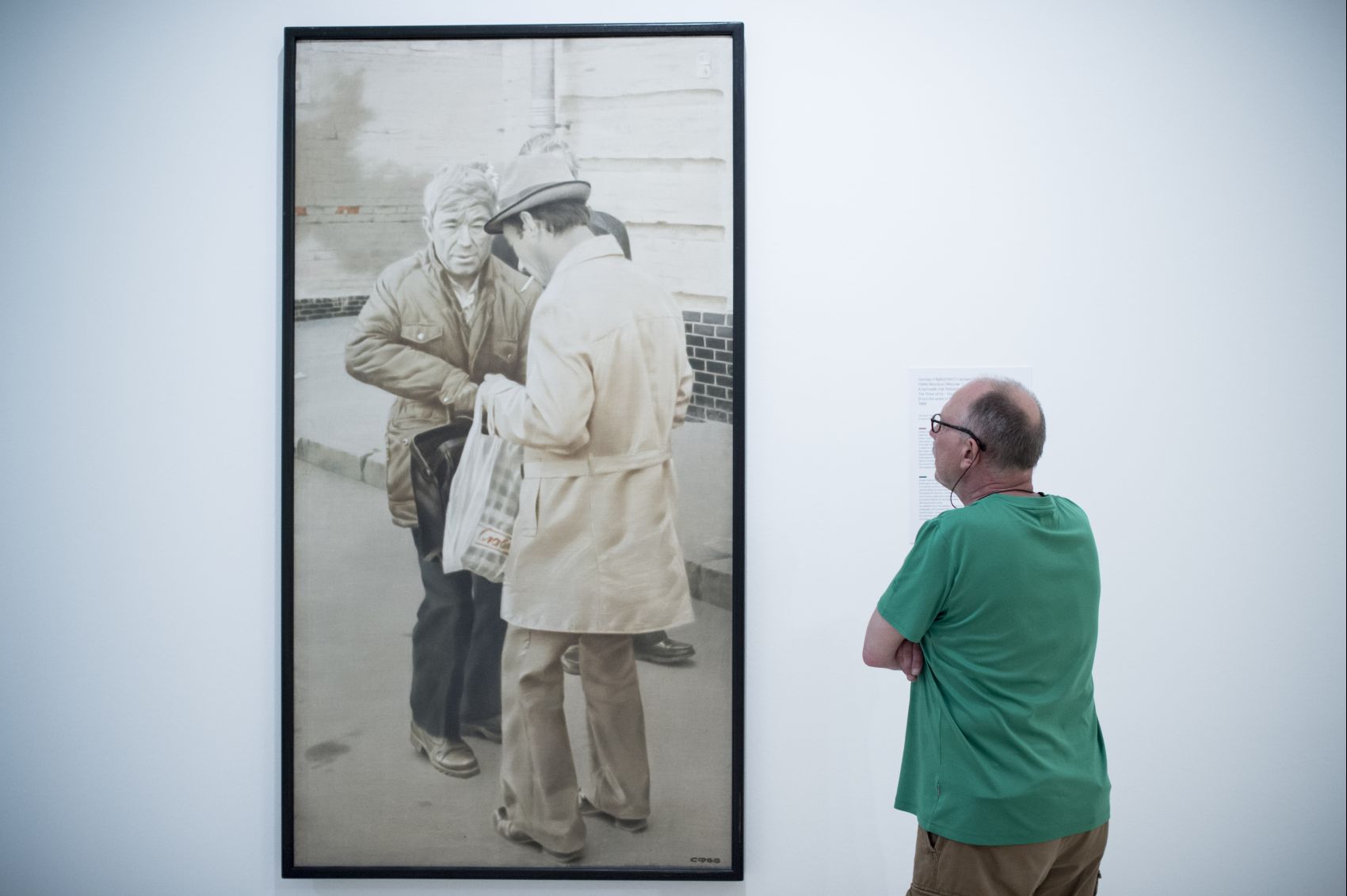
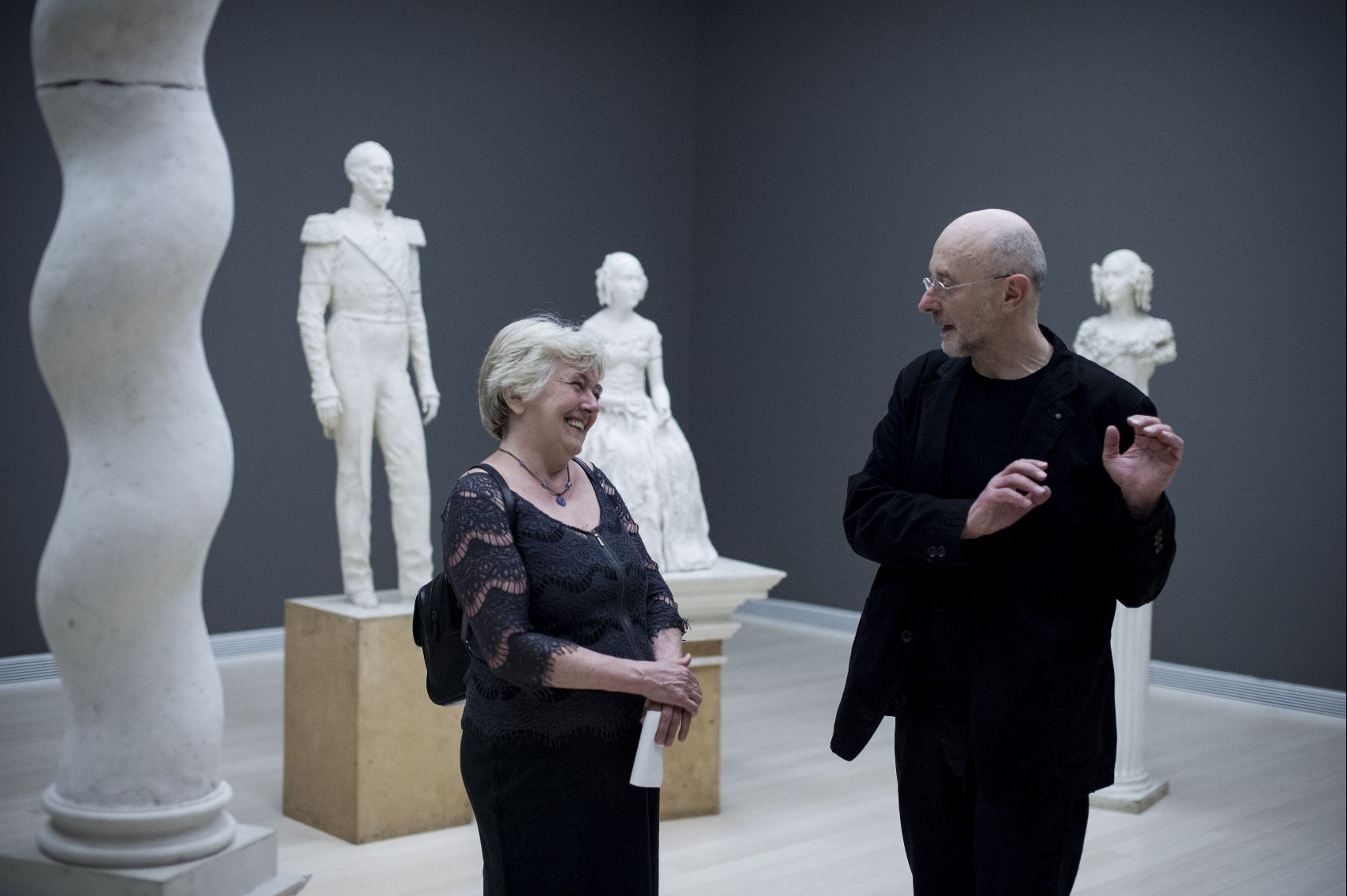
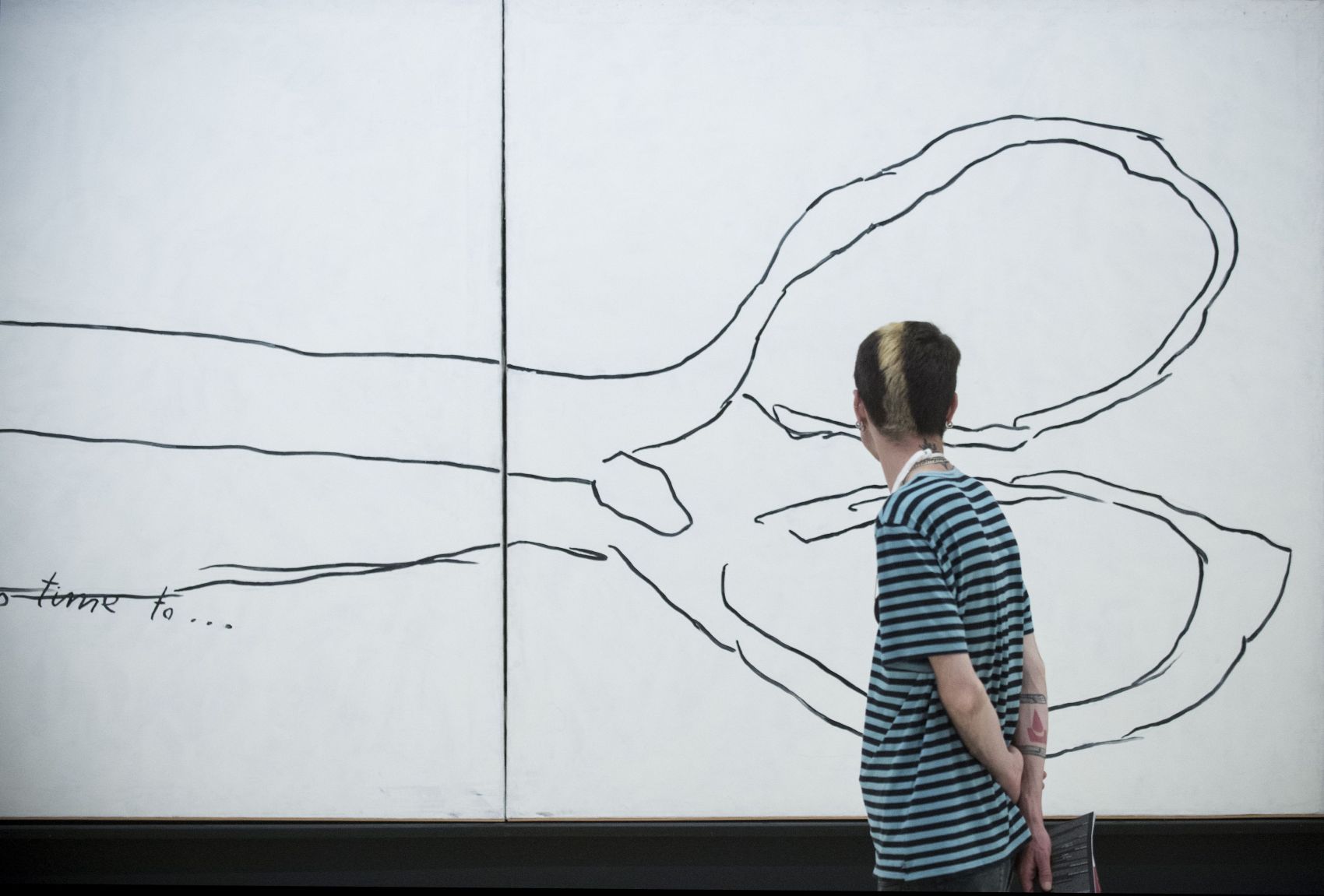
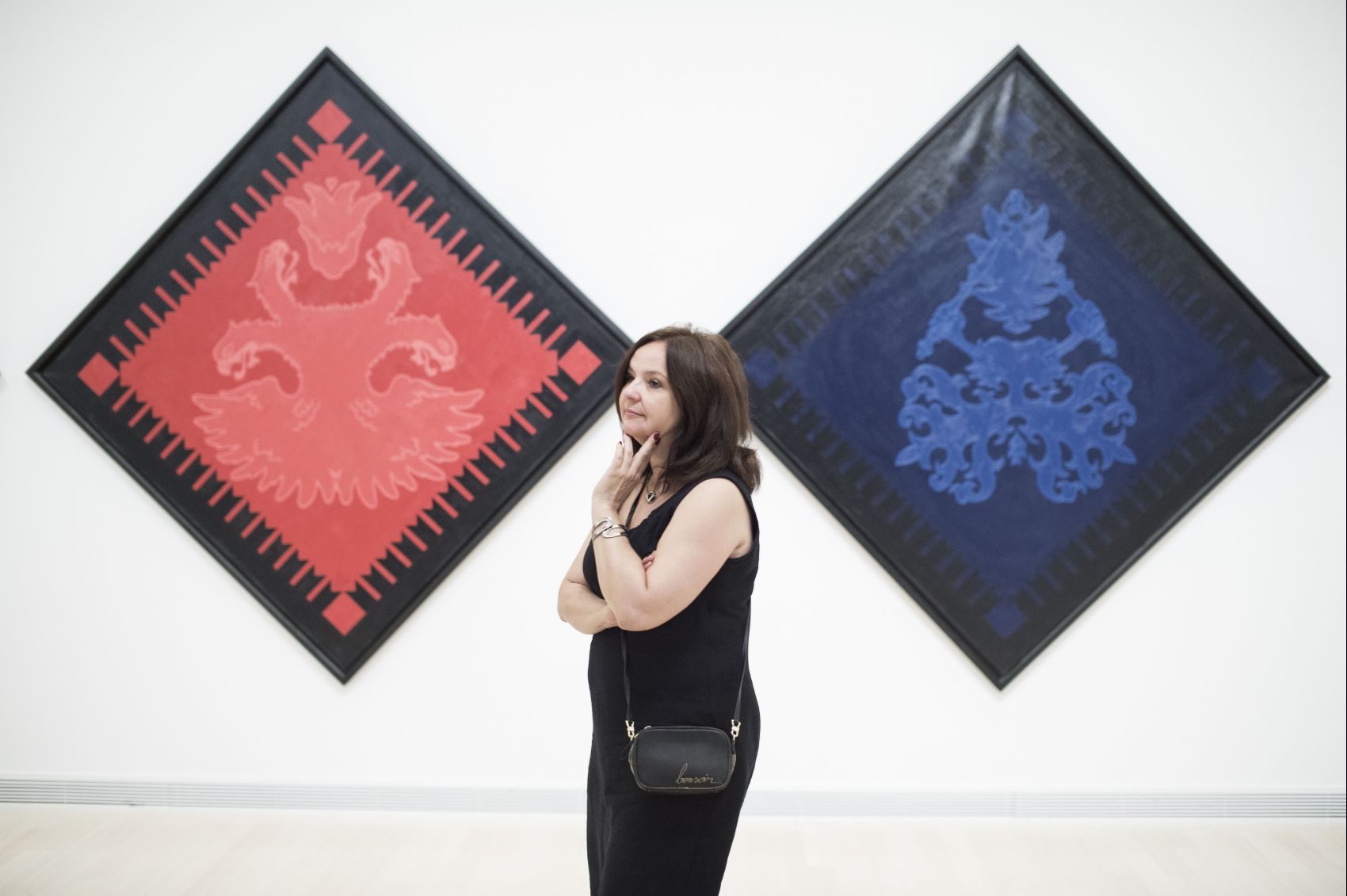
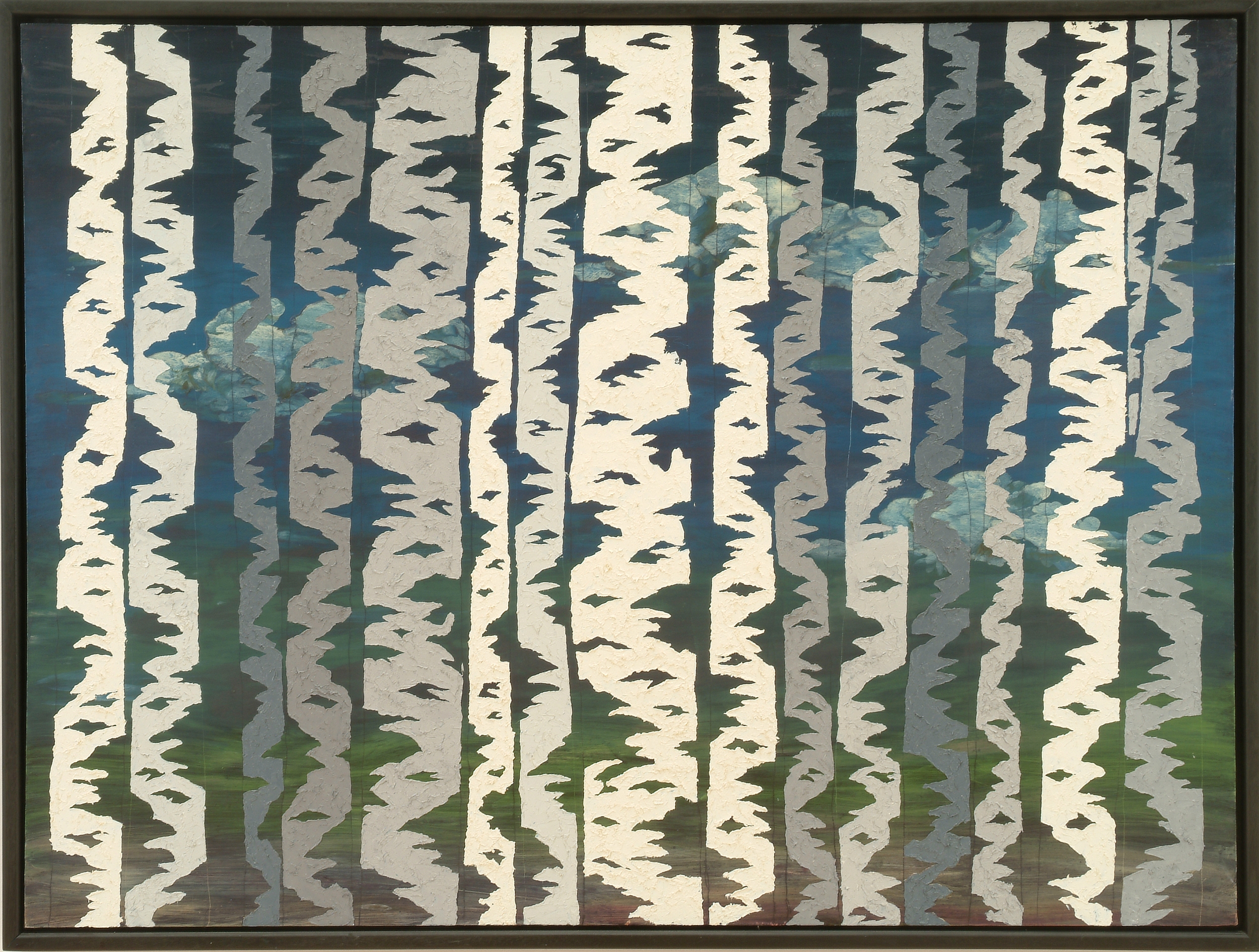
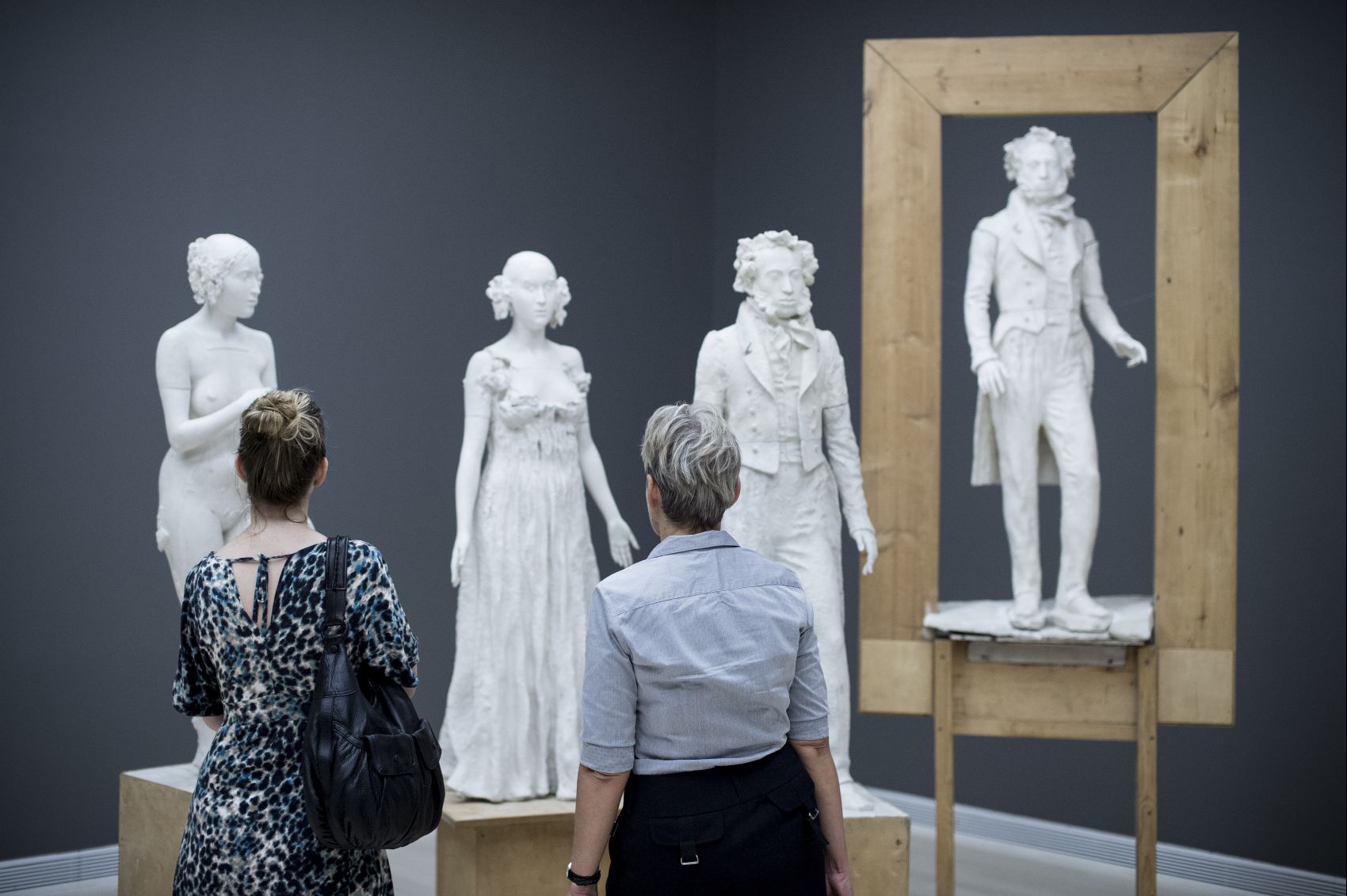
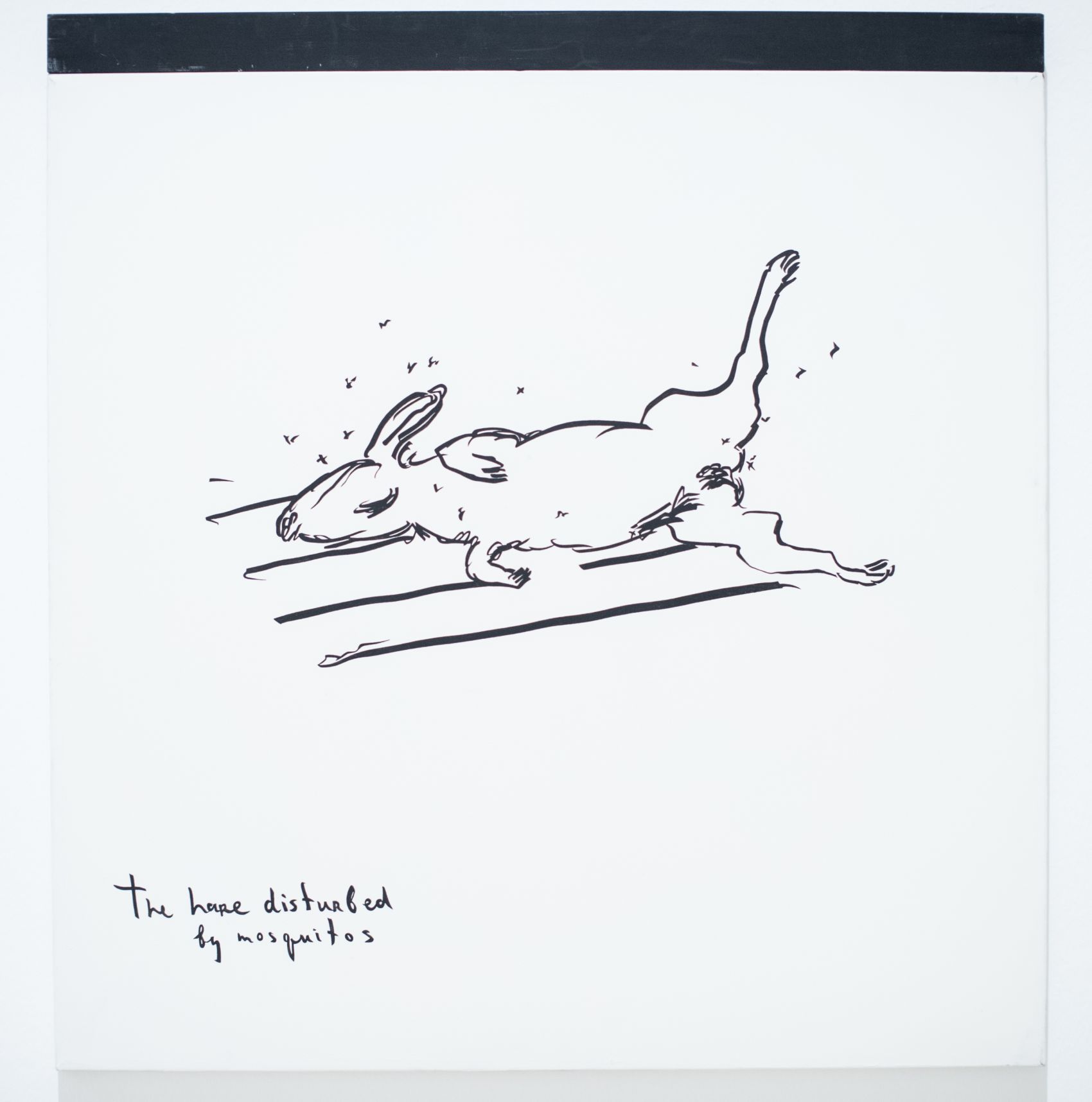
Related contents
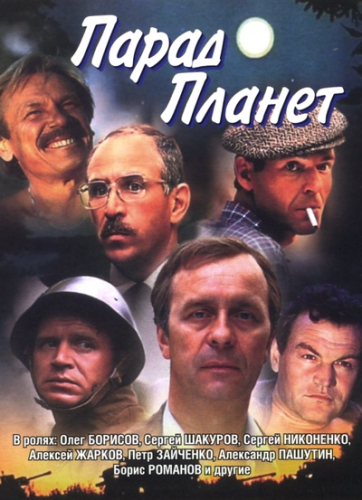
Filmclub - Screening of Soviet films apropos of the exhibition Red horizon 5. September, 2015, 00:00–00:00
Date and programme of the forthcoming screening:
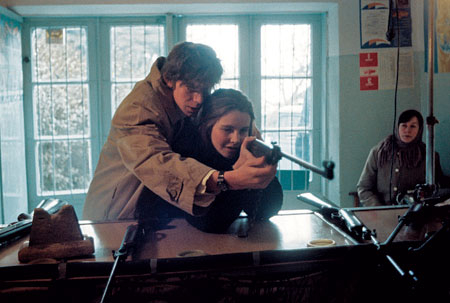
Filmclub - Screening of Soviet films a propos of the exhibition Red horizon 20. June, 2015, 00:00–00:00
Dates and programmes of the screenings:

Exclusive guided tour with Iván Vitáris (frontman of rock band Ivan & The Parazol) 13. June, 2015, 00:00–00:00
Special guided tour with Iván Vitáris, singer of rock band Ivan & The Parazol in the newly opened temporary exhibition Red horizon. Russian and Ex-Soviet artworks from the Ludwig Museum's collection.
Admission with a valid exhibition ticket. No extra charge applies.

Filmclub - Screening of Soviet films a propos of the exhibition Red horizon 6. June, 2015, 00:00–00:00
Dates and programmes of the screenings:

Exhibition opening: Red horizon. Russian and Ex-Soviet artworks from the Ludwig Museum’s collection 4. June, 2015, 00:00–00:00
The Ludwig Museum – Museum of Contemporary Art cordially invites you to the opening of the exhibition titled
Red horizon. Russian and Ex-Soviet artworks from the Ludwig Museum’s collection
